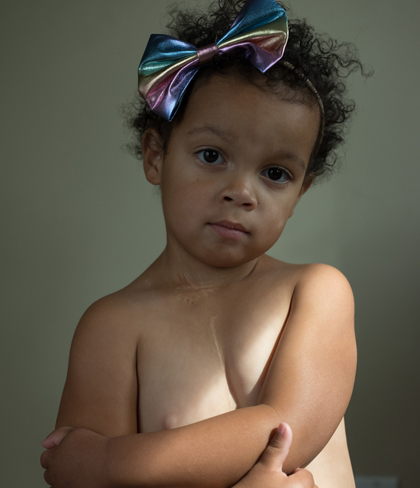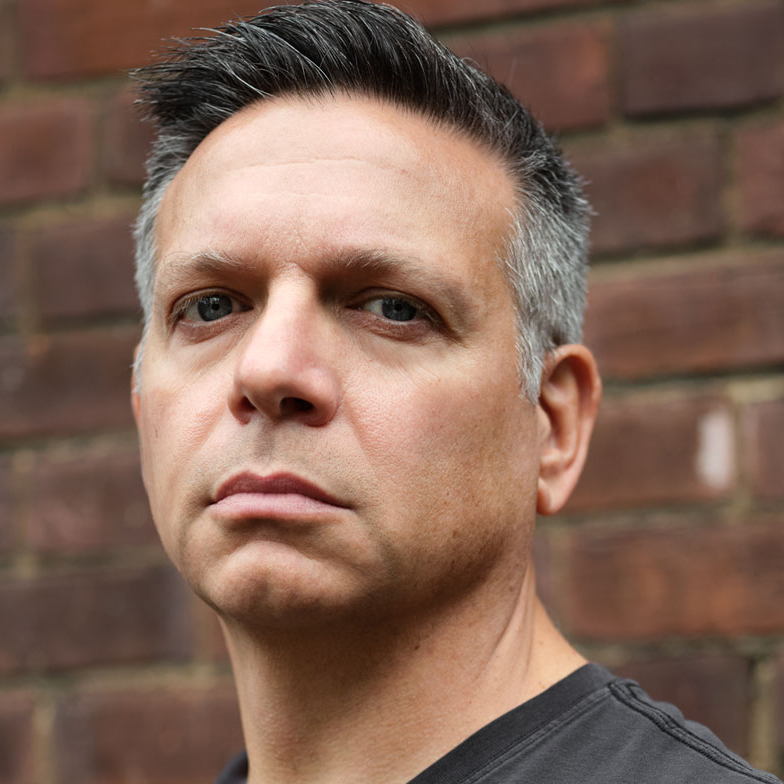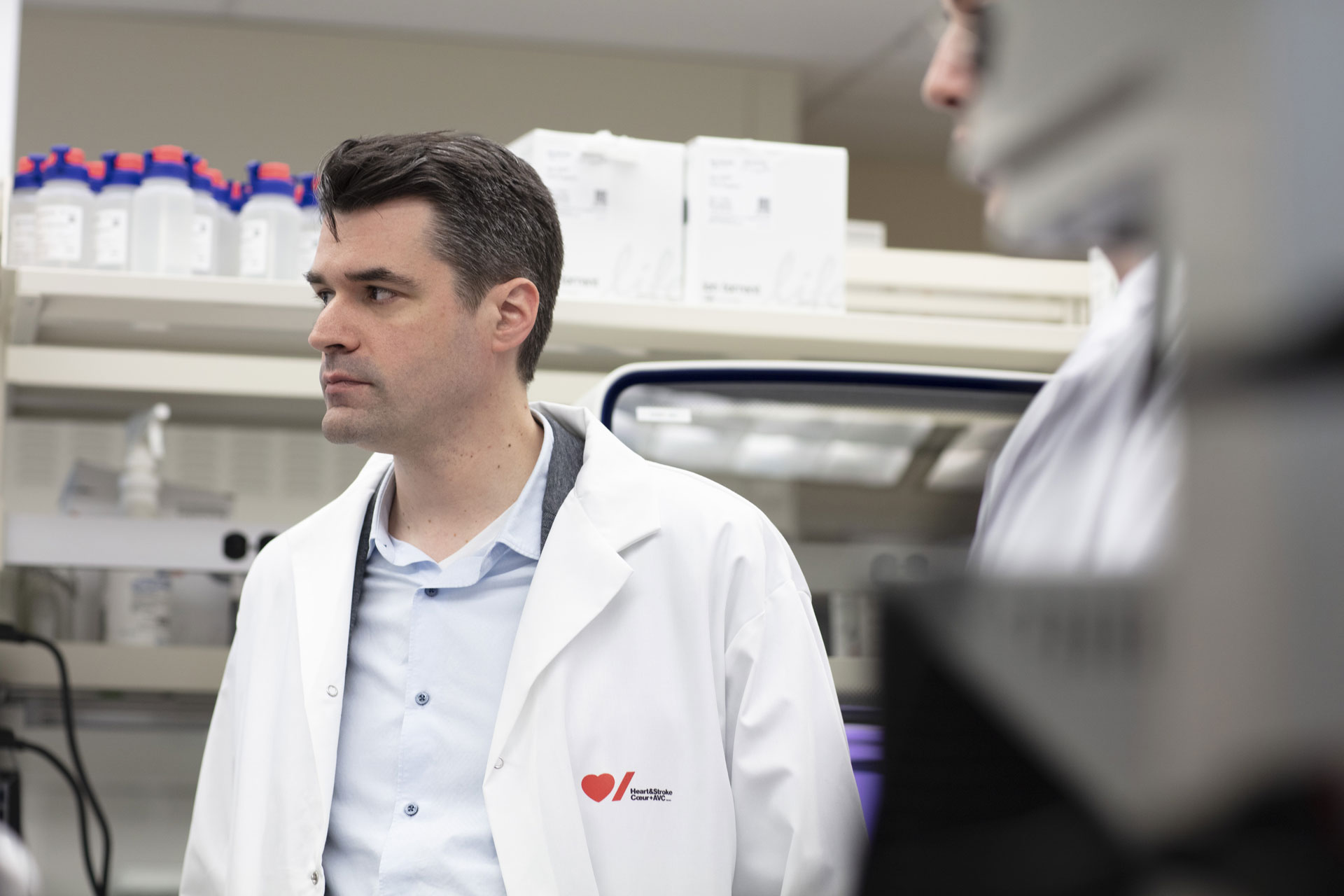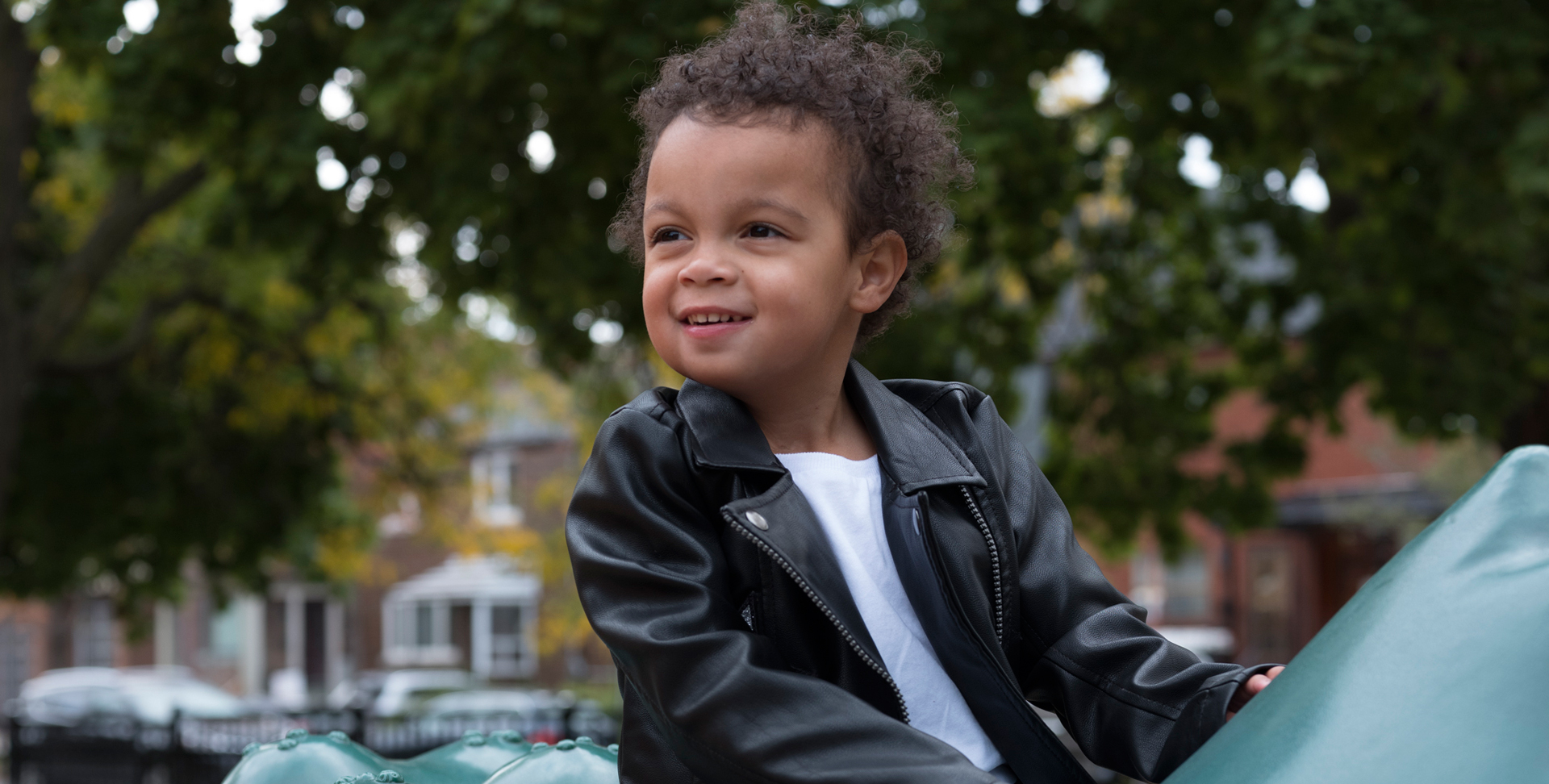
Saving baby Nora
Chapter 1 A birth, then a crisis
The first day of Nora’s life risked being her last. “She might not make it tonight. Prepare yourself,” hospital staff told her shocked parents, Aleasha Shorts and Shane Evelyn.
Nora turned blue just minutes after she was born on Nov. 3, 2016.
At first, staff at the hospital in Hamilton, Ont., didn’t know what was wrong, then realized it was Nora’s heart. But Aleasha could barely take it in. She had just given birth to twins and was more worried about Nora’s brother, Koa. He weighed only four pounds, four ounces.
She does remember a hospital cardiologist, who was herself pregnant, leaning close to say: “I’m just talking to you as a mom right now. If this was my daughter, I’d take her to Sick Kids now. We cannot handle her here.”
Paramedics fought to keep Nora alive as they rushed her by ambulance to Toronto’s Hospital for Sick Children.
Aleasha stayed behind with Koa till the next day. He was fine, but she clung to him. She would refuse to let him out of her sight for the months that followed, too.
Finally she saw her baby girl, hooked up to a heart and lung machine, surrounded by tubes and wires. The sight took Aleasha’s breath away.
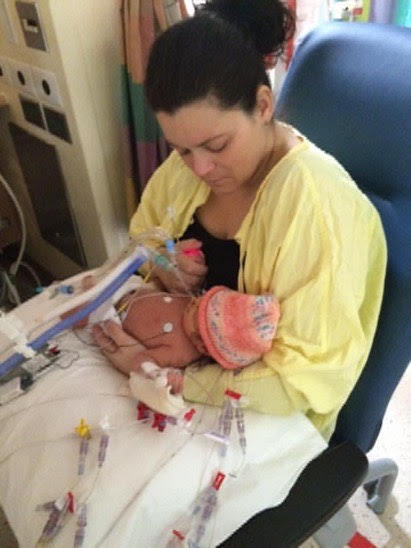
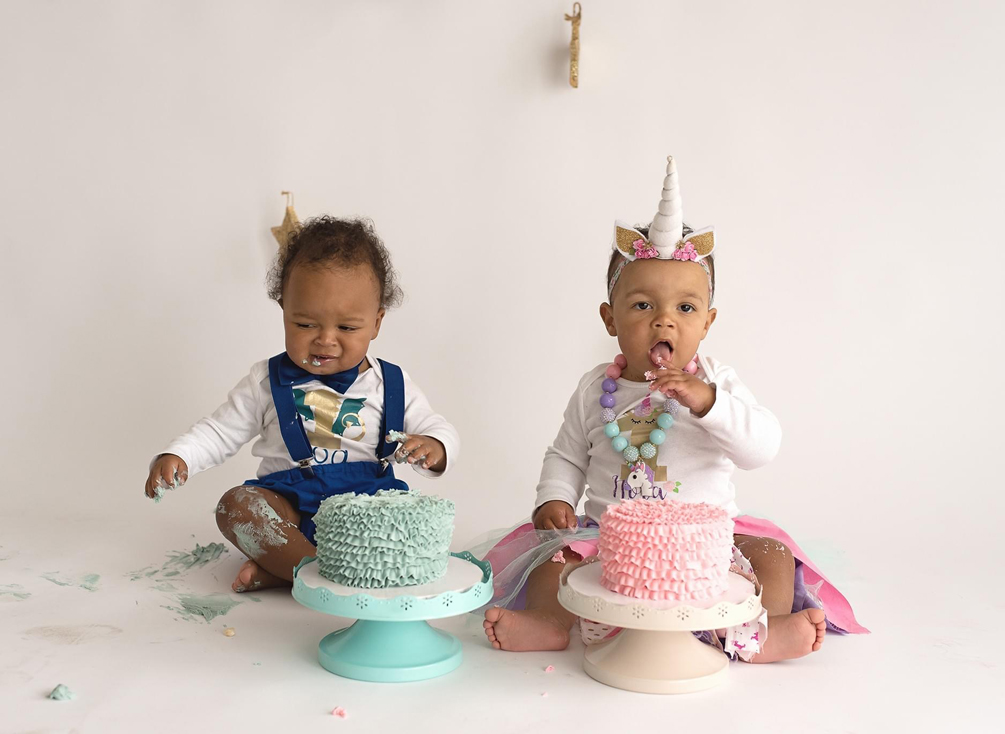
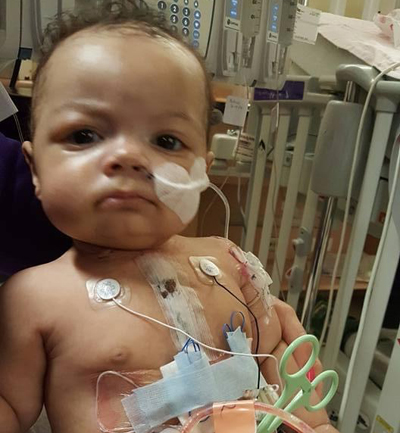
Chapter 2 Touch and go
For the next several days, doctors and nurses tried repeatedly to wean Nora off the machine. “But her heart wasn’t kicking in,” says Aleasha. Over and over, medical staff told her and Shane to prepare themselves: their daughter might not make it, her heart was so damaged.
Why was this happening? The couple were mystified. There was no family history of heart problems on either side. Heart & Stroke researchers such as Dr. Seema Mital are making progress on that mystery, investigating the genetics behind congenital heart defects.
Finally, Nora was stabilized with medication so she could come off the bypass machine. She was 11 days old when her parents held her for the first time. “It was only for 20 minutes, but you take what you can get,” says Aleasha. “I have a picture of it. You can see, it’s so raw.”
When people ask Aleasha how she survived those weeks, she just says she tends to stay calm in a crisis. It’s helped in her 15-year career as a corrections officer.
But she admits being rattled when one of Nora’s doctors grabbed a box of tissues on the way into a meeting they had called with her and Shane. By then, Nora had been diagnosed with a congenital heart defect leading to cardiomyopathy, which means her heart was unable to properly pump blood.
Sitting around the table, the doctors were clear: “She needs a heart transplant to survive.”
Chapter 3 A new heart, a new life
By then, the family was living at Ronald McDonald House, a couple of blocks from the hospital. Every morning of that long winter, Aleasha would bundle Koa into the stroller around 6 a.m. and head for Sick Kids. She would spend the day with both babies, waiting and hoping for a heart that would save her daughter’s life.
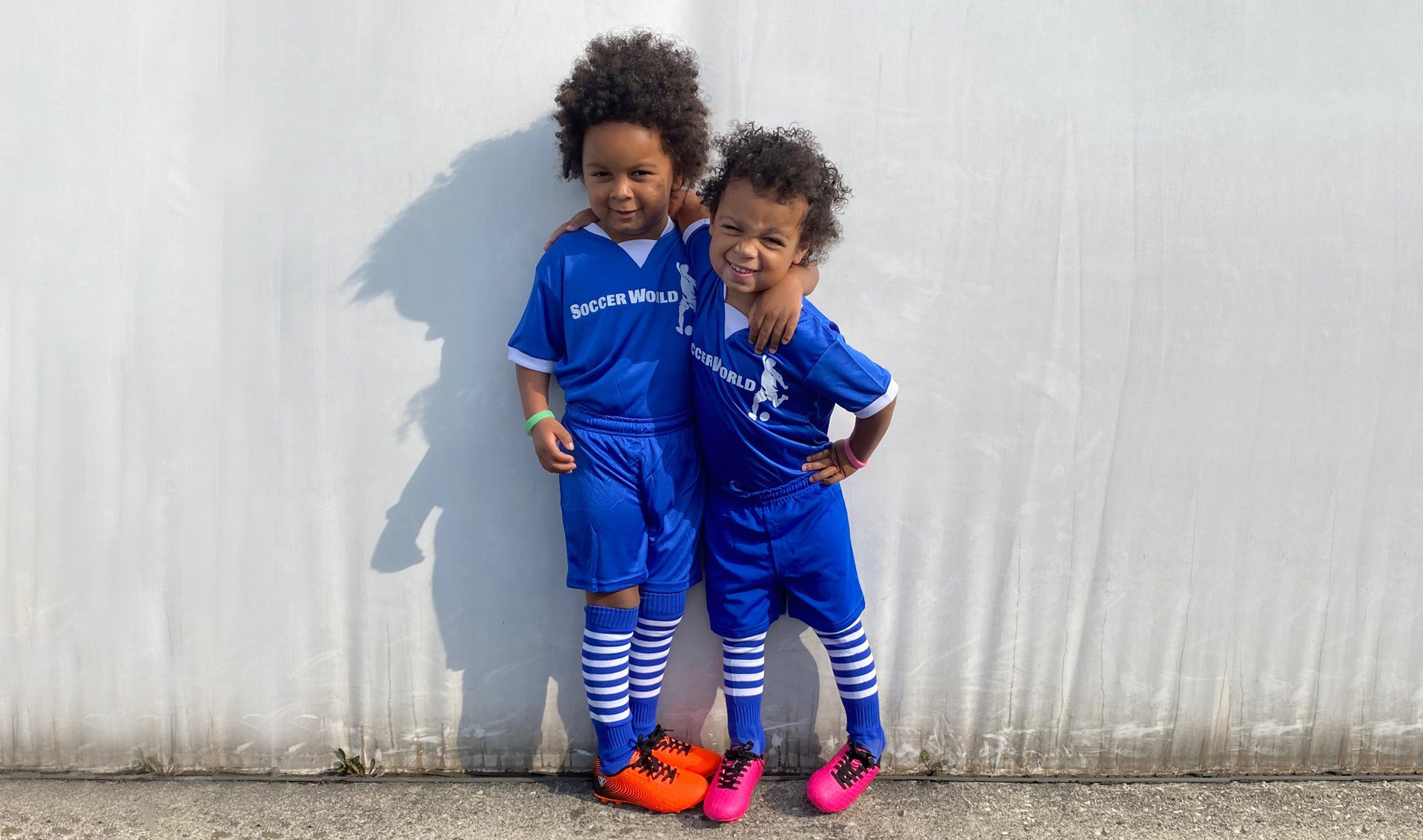
Four-year-old Nora now enjoys playing soccer with her twin brother and takes Muay Thai classes — but her battle with heart disease is far from over.
For a few weeks, Nora even joined her family at Ronald McDonald House. Aleasha admits it was risky. “She could have gone into cardiac arrest anytime. But I was so terrified that she was going to die without being outside of a hospital, that I took the chance.”
Five months after her birth, Nora got her new heart. “She was a different baby immediately,” Aleasha recalls. The next day, Nora was wide awake and sitting up. She was soon able to eat. Six days after surgery, Nora finally left the hospital.
Now, this clever four-year-old takes Muay Thai classes and relies on her devoted brother to hold her hand when she gets blood work. The family participated in Heart & Stroke Ride for Heart last year, raising funds for research that will help more kids like Nora.
While Nora has few side effects of her early health problems, anything can happen as the years pass, including a higher risk for cancer or the need for another heart.
“I do fear for her future,” says Aleasha. “But I don’t want to put any limits on her.”
For now, Nora is beating congenital heart disease. And that’s enough.
